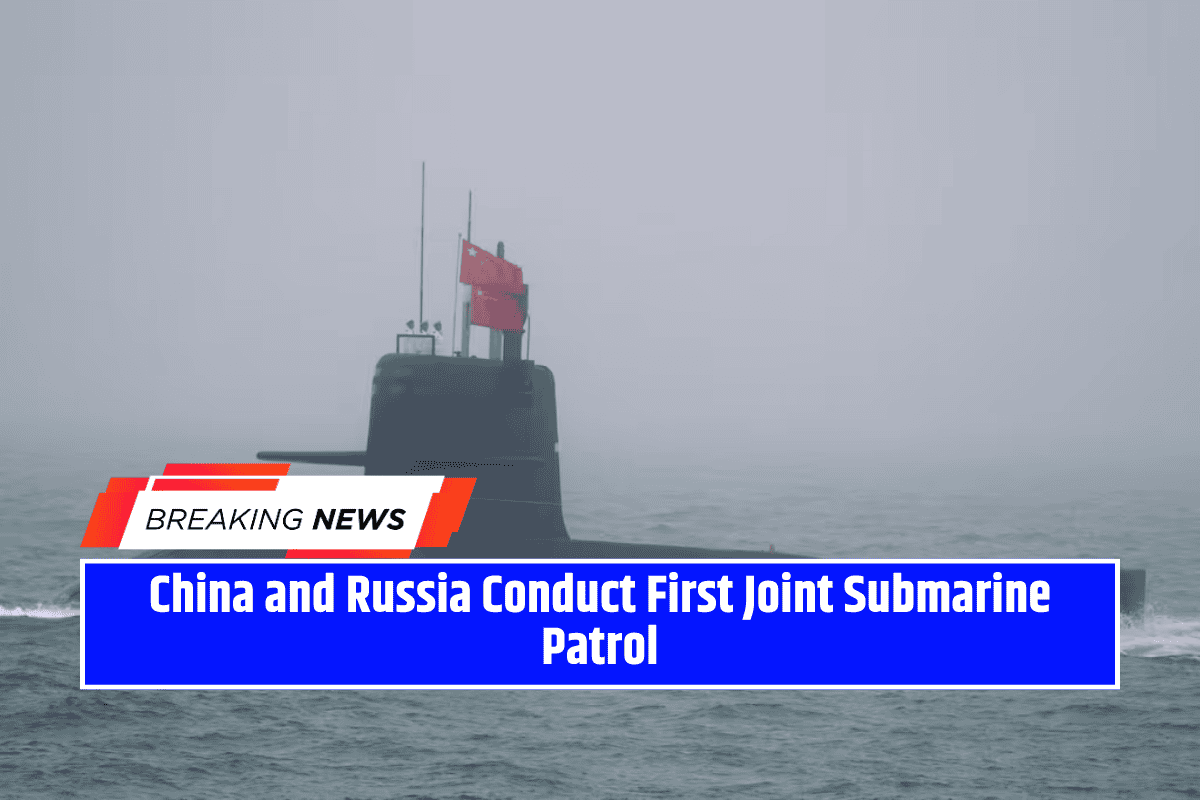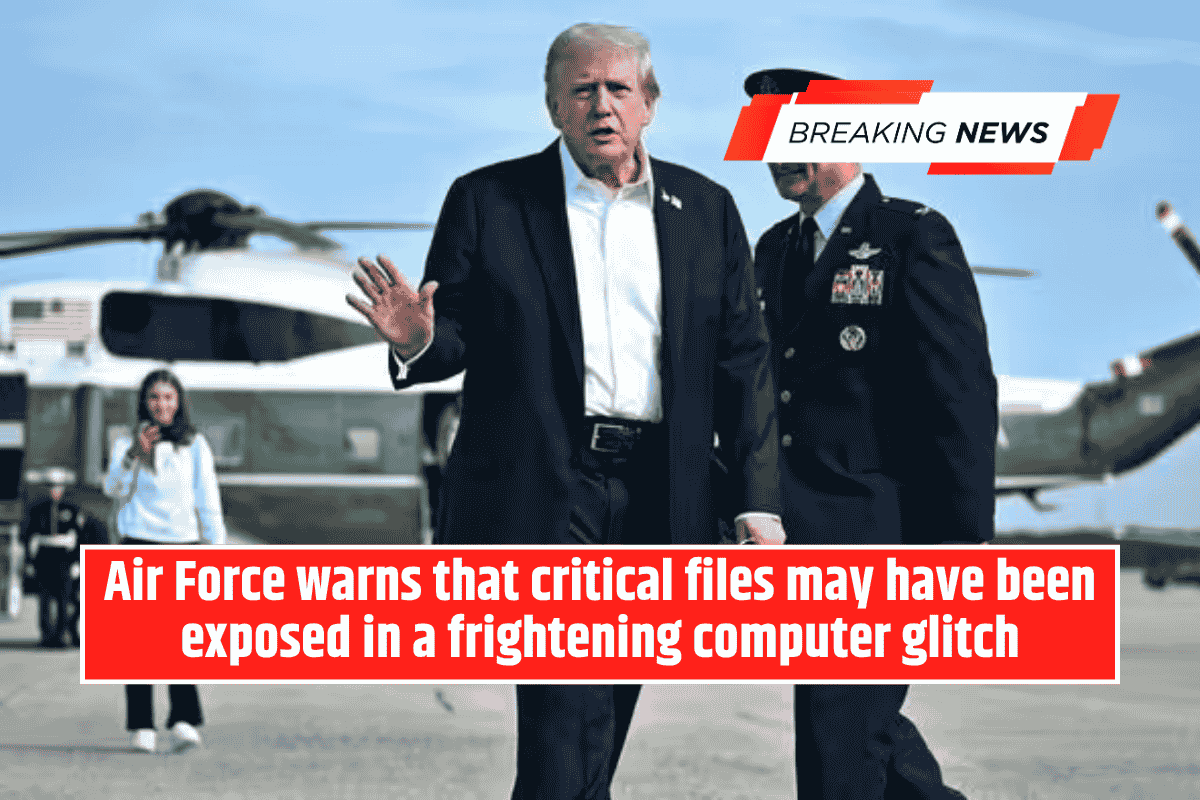China and Russia have conducted their first-ever joint submarine patrol, marking another step in the growing military cooperation between the two powers. While the exercise involved only two submarines, analysts see it as a symbolic warning to the United States and its allies of a potential Sino-Russian naval alignment.
Details of the Patrol
The patrol featured the Russian submarine Volkhov and a Chinese Kilo-class submarine, joined by two Russian surface ships: the corvette Gromkiy and a submarine rescue vessel.
Sailing in August through the East China Sea and the Sea of Japan, the patrol followed a joint anti-submarine exercise earlier that month involving surface ships and aircraft.
According to Russian media, the Volkhov traveled more than 2,000 miles before docking in Vladivostok. Both submarines were Kilo-class diesel-electric boats, a Soviet-era design that is known for its acoustic quietness.
Strategic Significance
Experts note that the choice of Kilo-class subs was deliberate, given that China had imported this type from Russia, making them natural partners for joint drills. The move also avoided exposing the capabilities of nuclear-powered submarines, signaling a cautious approach to sharing sensitive technology.
Lyle Goldstein of Defense Priorities described the patrol as an act of deterrence, adding:
“While it is hard to conceive of a scenario where they would embark on a war with the West simultaneously, they may benefit from some impression that could be the case.”
Historical Context
Though Beijing and Moscow present the exercise as a milestone in strategic trust, their relationship is rooted in a complicated history. The nations were allies in the 1950s, but clashed in 1969 border skirmishes, and the Soviet Union once considered a nuclear strike against China. Even today, suspicions linger over territorial disputes in the Russian Far East.
Limitations of Cooperation
Analysts argue that the joint patrol, while symbolically important, was limited in scope.
- Both sides relied on aging, familiar platforms, revealing little new to one another.
- Integration levels remain low compared to U.S. cooperation with NATO allies.
Richard Moss of the Naval War College pointed out:
“Neither side gave up anything the other participant didn’t already know by using Kilos.”
Broader Pattern of Cooperation
This submarine patrol fits into a pattern of increasing Sino-Russian military engagement:
- 2019: Initiated sporadic joint bomber patrols.
- 2021: Began annual naval patrols by surface ships.
- 2021: Conducted joint land drills such as Zapad/Interaction.
- 2024: Flew joint bomber missions near Alaska.
Each exercise is small in scale but introduces new elements, either in technology or geography.
AUKUS and Strategic Messaging
Goldstein suggested the patrol may be a signal to AUKUS, the trilateral defense pact among Australia, the U.K., and the U.S. that includes nuclear submarine cooperation. He noted that Chinese strategists view AUKUS with “acute threat anxiety” and may see Russia as a natural partner to balance it.
Future Implications
The true test of the China-Russia partnership will be whether they conduct joint nuclear submarine operations. Such a move would signal deeper trust and greater sharing of advanced military technology.
Goldstein cautioned against overreaction:
“Ever greater deployments of U.S. forces, and ever more intense exercising with allies, often goes beyond our intention and provokes a counter-reaction — and this can be seen in the budding China-Russia quasi-alliance.”
While the joint submarine patrol represents an incremental deepening of Sino-Russian cooperation, its limited scale and reliance on older platforms highlight ongoing mistrust and strategic caution.
The partnership remains pragmatic, not ironclad — but future exercises involving nuclear-powered submarines could signal a far more consequential shift in global naval power.








